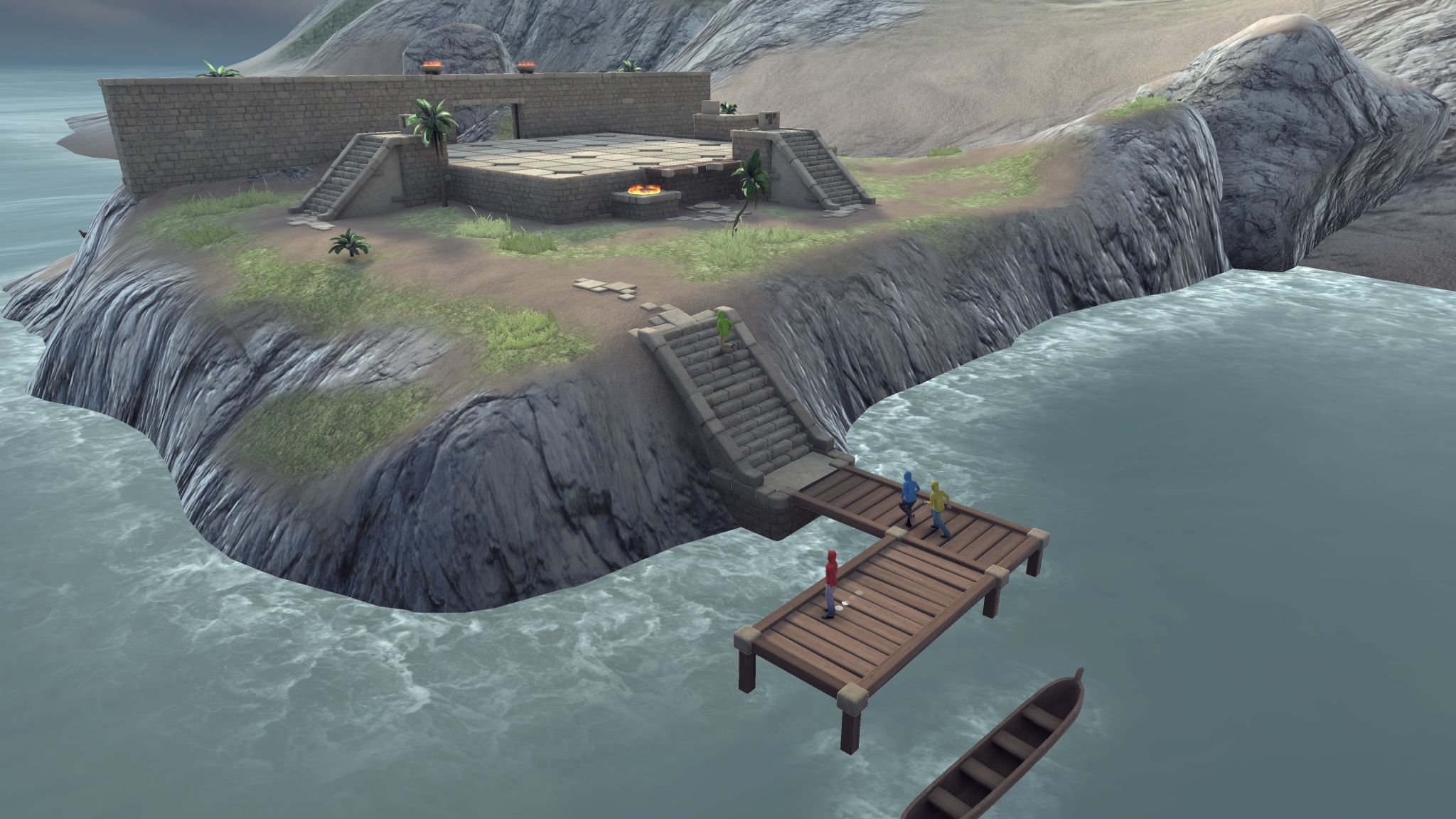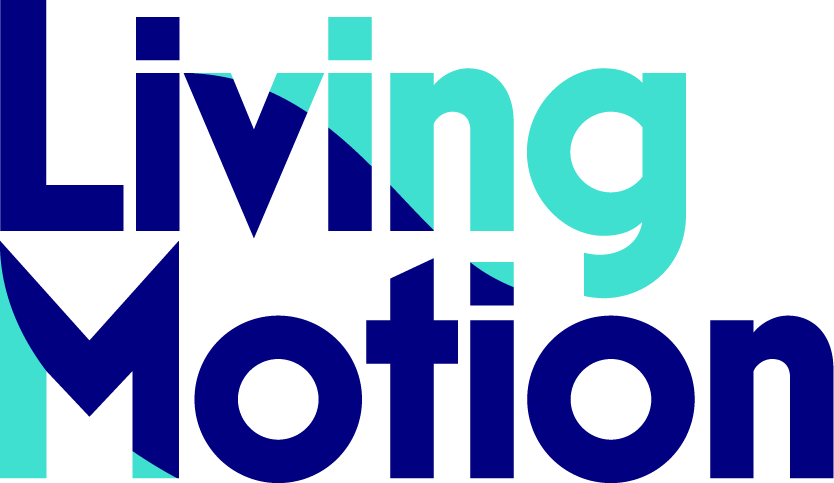
Beyond the Obvious Match
How the “wrong” Serious Game can spark new solutions to old problems.
Summary
Most people look for a game that matches their problem. But sometimes, the biggest insights come from a game that seems off-topic—if you know what variables to look for. This reflection explores why, and how, to choose “the wrong match”—and how the learning comes full circle.
Beyond the Obvious Match — How choosing the “wrong” game reveals new solutions
The temptation of a perfect fit
In Serious Gaming sessions, especially in demo sessions, the first kind of question I often get is:
“Can you use a game about coastal development for a challenge in the electricity market?”
The expectation: match the game’s topic to the client’s problem—grids for grid issues, water for water issues.
But in my practice, the best insights often come from choosing a game that seems only distantly related.
How I choose a Serious Game for a new problem
Instead of looking for a game with an obvious match, I start by asking:
What’s the essential variable in your context?
(Capacity, flow, bottleneck, negotiation, delay, risk, power, etc.)What’s the key dynamic that drives your challenge?
Then, I avoid the game that’s too close—because that’s where people get stuck defending old routines, arguing the daily details, or trying to “solve” their reality.
Instead, I find a game with structural similarity but surface distance—so participants can recognize their own dynamics, but feel safe enough to play, experiment, and reflect.
Why the “wrong” game is sometimes right
If the metaphor is too close, people rehash reality and protect the status quo. If it’s just far enough away, they can see with fresh eyes.
In a game, absurdity and distance unlock curiosity:
“We’d never move containers around like this—why do we move invoices that way?”
This productive disconnect is where creative thinking begins.
Concrete examples: matching variables, not surfaces
Coastal planning game → grid congestion:
Use a game about the capacity of ferry routes or flood defenses to help energy teams see grid bottlenecks anew.Railway logistics game → hospital patient flow:
Move from train timetables to patient pathways, revealing unseen process jams.Wind park game → festival crowd management:
From wind currents to crowd movement: both about flow, unpredictability, and capacity.
A true story: invoices as containers
Once, I showed a game about container transport by road and rail to a director of a very large organization. She said: “I don’t see containers, I see invoices moving around.” She described their process: invoices traveling from department to department, always waiting for another sign-off, sometimes forgotten for weeks. Their “complaints mailbox” filled up so quickly that clients couldn’t even get their emails delivered. When clients called, staff would say, “We know why you didn’t get a reply—our complaint mailbox is over its limit. Let me write your complaint on a separate list.”
“We discuss endlessly about this,” she told me. “But when I see it as containers, it’s suddenly so clear. If we moved containers like this, everyone would see the system would collapse! But we don’t see it when it’s our invoices.”
The game didn’t fix the system overnight. But it planted a seed, an insight, a bit of energy, a realization: this is what we’re actually doing. That spark made change possible, step by step, over time.
The session design: scenario-building and distancing
After finding the essential variable, I build session scenarios that mirror the core dynamic—without repeating reality. Participants play in a new world, but with old patterns underneath.
The result: they notice what matters, free of ego or routine.
Making the leap back: Connecting play to real-world action
Here’s the crucial step: The session doesn’t end with the game.
We pause.
We reflect together:
“What did you notice in the game that feels familiar to your work?”
“Where did the game surface the same bottlenecks, delays, or conflicts you see every day?”
“What would ‘capacity’ mean for us, here and now?”
People are often surprised by what they see. The director who saw invoices in containers didn’t solve everything right away, but the game gave her and her team the language, energy, and vision to begin.
We don’t force direct mapping. We invite participants to make their own connections, their own solutions.
Why this works: new perspectives, not new facts
You don’t play to find the “answer” in the game. You play to break free from habitual thinking, to recognize dynamics, and to design experiments that fit your world.
The “wrong” match can be the perfect starting point for real change.
Closing: Try the sideways step
So next time you’re tempted to pick the perfect-fit tool, try something off-angle.
You might be surprised what comes into view when you see your old problem in a new world.
Curious what this approach could mean for your situation?
I’m always glad to explore ideas together, no obligation, just a thoughtful conversation.
